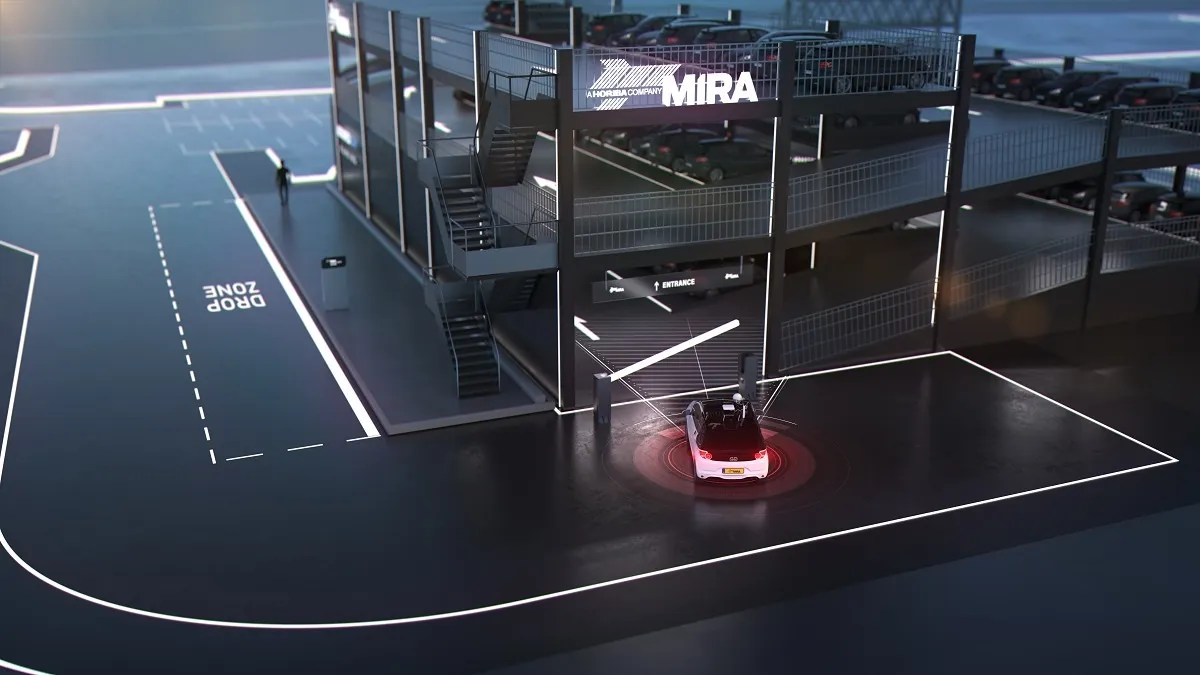Global provider of high-definition (HD) maps for autonomous vehicles (AVs)
This process uses crowdsourced data from live car sensors to validate and update the HD map to help maintain its accuracy.
Here’s HD map intends to provide overall safety and comfort for autonomous driving. The vehicle relies on the map to localise itself on the road as well as to understand the road environment beyond the range of its near-field sensors for strategic path planning.
The facility will test location for proof of concepts, work with production-ready methods and aim to put the technology into the market.
Here Technologies opens self-driving car R&D site in Colorado
Global provider of high-definition (HD) maps for autonomous vehicles (AVs) Here Technologies has opened a research and development facility in Boulder, Colorado. The centre will collaborate with professionals in geospatial engineering, machine learning and data science to develop processes that allow the company’s HD Live Map to self-heal. This process uses crowdsourced data from live car sensors to validate and update the HD map to help maintain its accuracy. Here’s HD map intends to provide overall
April 13, 2018
Read time: 1 min








